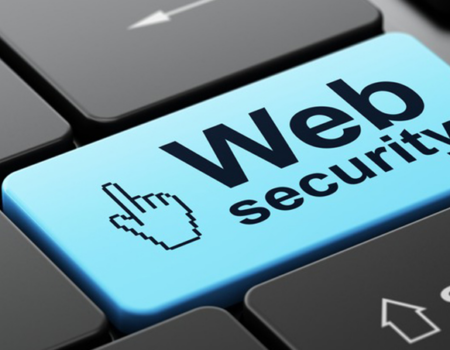Cybersecurity is a topic that is often misunderstood. That’s why we focus in this article on the basics of cybersecurity and how you can keep yourself safe online through some examples.
Red flags
There are many ways to tell if something is too good to be true. Here are some examples:
- You’re talking to someone who claims to be from your bank, but they’re asking for more personal information than usual. If this happens, call them first and verify their identity before giving out any information online. This applies even if they have a legitimate reason for needing access to your account (like trying to fix an issue with a card).
- A website asks you for personal information such as credit card numbers or passwords immediately after signing up. If that’s the case, verify its legitimacy before going further and entering any sensitive data into the website. Simple Google searching can save you from a scam. Try to look at things like who is behind the website and what security measures it has in place — and if there’s anything else that might make users feel uneasy about trusting their accounts with certain providers again!
Keep your security software and operating system up-to-date.
The first step to preventing cyberattacks is keeping your software and operating system up-to-date. This means updating your operating system regularly and ensuring that you have antivirus protection installed on all your devices (including laptops, tablets, and smartphones).
You can also use security software to scan for viruses and malware in real time—this is especially important if you’re using shared computers at work or school.
Use commonsense – but there are also things you can do to keep hackers at bay.
- Use a VPN. A virtual private network (VPN) is an encrypted connection between you and a server located somewhere else, like the internet. This way, hackers can’t access your data because they don’t have access to that server.
- Install updates from your OS. Updates on your computer ensure that all security fixes are updated, which helps against malware infections and other kinds of cyber attacks!
- Use HTTPS everywhere (not just with banks). Suppose someone hacks into a website or email account. In that case, they’ll be able to see everything in plaintext unless you use HTTPS encryption. Meaning using HTTPS:// instead of HTTP:// when sending emails or making purchases online will ensure no one can read them without having special software installed on their computer first.”
Conclusion
Cybersecurity is one of the biggest challenges facing us today. It’s not just a matter of protecting your network but also keeping an eye out for potential threats on the internet. Many types of cyber-attacks can happen, from hacking into databases to stealing personal information and even taking over entire networks through DDoS (Distributed Denial of Service) attacks. But what if someone was able to hack into your system without you knowing it? That’s where these essential tips come in handy:
- Keep your software up to date.
- Use strong passwords that are unique, complex, and long.
- Install security software like antivirus, firewall, and anti-malware on all devices you use.
- Don’t click on links or attachments from unknown sources (untrusted websites) unless you know where they’re coming from; this includes email messages! If you receive an email message with an attachment – don’t open it! Instead, save it and then open it in another app or browser so that no one else can see what was inside the file before opening it themselves.”




